Search
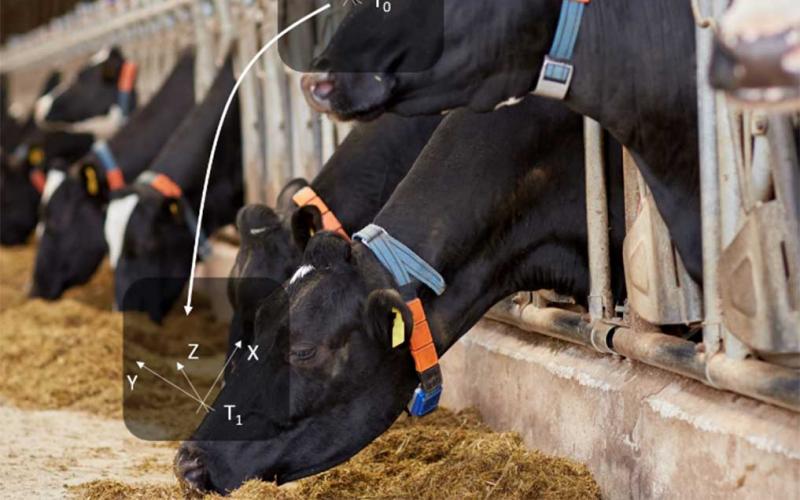
New Sensor Technology to Estimate Feed Intake in Lactating Dairy Cows
The use of sensor technology to advance the field of precision livestock farming is becoming more predominant in modernized dairy farms.
Multi-Species Grazing as an Alternative to Pasture Spraying
Broadacre spraying of pastures is intended to reduce undesirable plants and increase grasses for livestock. This practice often results in unintended consequences, including damage and reduction of native forbs and reduced profitability. One approach to managing perceived “weedy” plants is incorporating different species of livestock into a grazing operation.
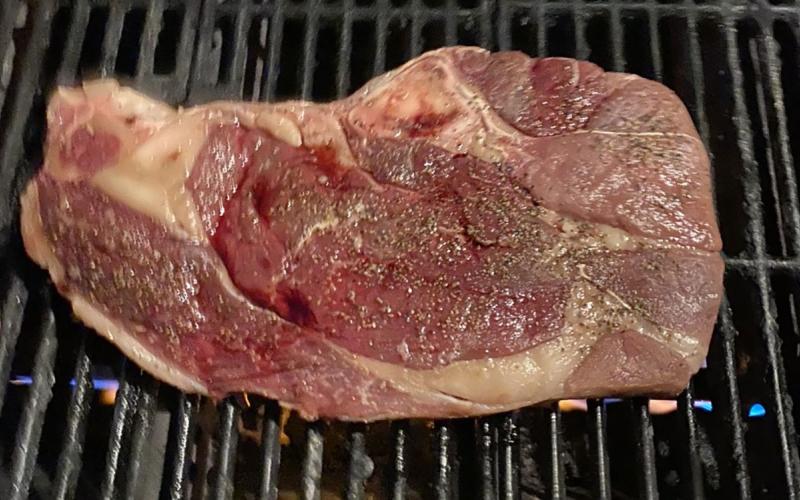
Picking the Perfect Steak
As grilling season is getting into full swing, many grillers are in search of the perfect steak. Whether you prefer flavor, tenderness or marbling, learn some expert tips to select a steak that's right for you!

Growth Promotant Technologies: Impact on Beef Production and Meat Quality - Background
It is well documented that growth promotant technologies can increase pounds of beef produced while reducing input costs and resource use. But what impacts do these technologies have on beef production and meat quality?
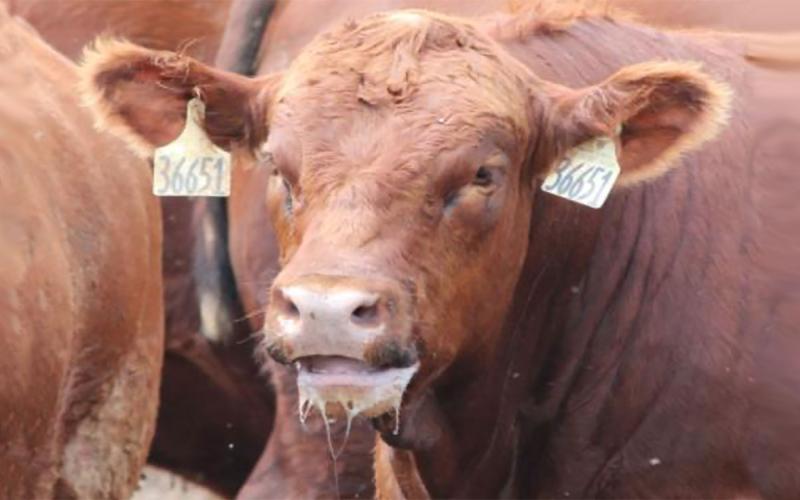
Heat Stress Forecasting Apps Available
Early summer heat stress in feedlot cattle is often triggered by rapid changes in temperature and humidity before cattle become acclimated to warmer conditions. Learn about some management tools that you can use to protect your herd.
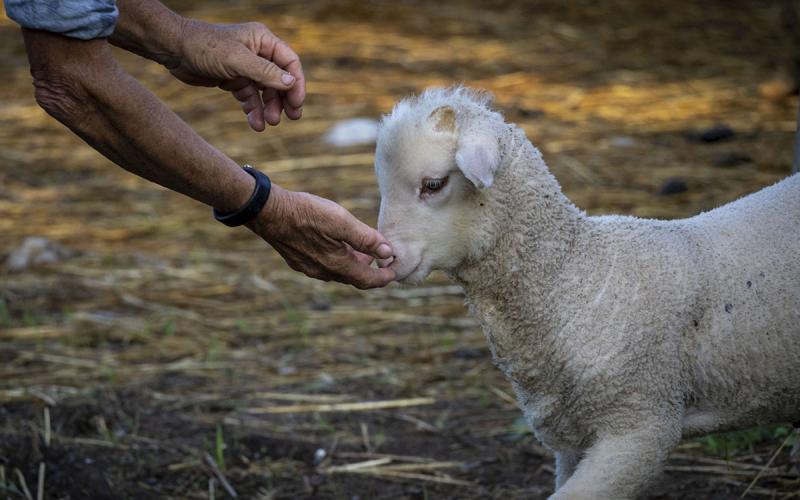
Coccidiosis in Lambs
Coccidiosis in lambs is a significant health concern that requires prompt recognition and treatment to minimize its impact. It primarily impacts young lambs, leading to severe gastrointestinal distress and potential economic losses for sheep producers.
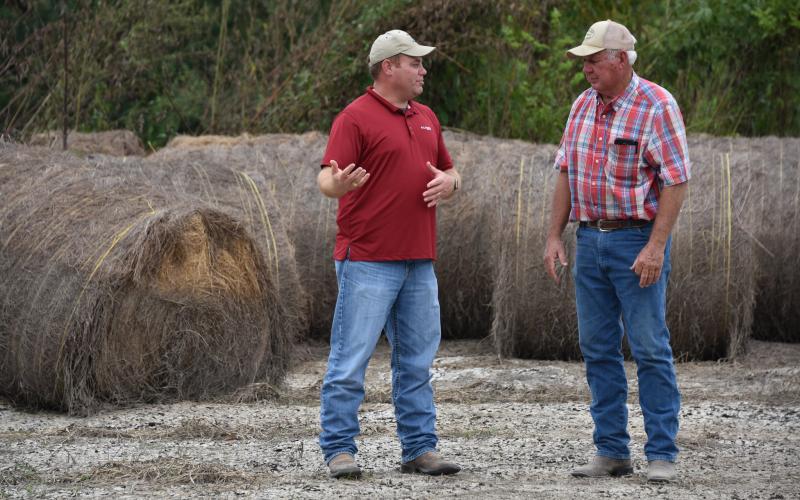
Four Feedback Foes
While annual performance reviews are valuable to the productivity of your operation and communication with your employees, constant communication throughout the year is even more valuable.
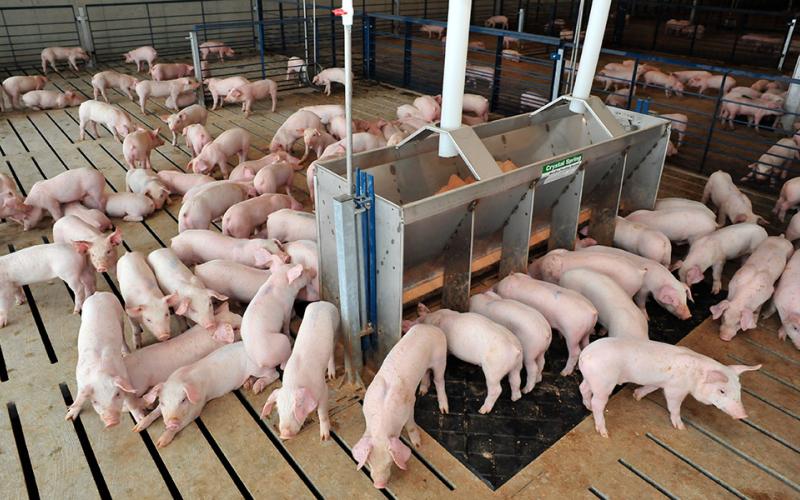
Wean-To-Finish Production Systems Evolve for Healthy Pigs
An important foundation of the efficiency of modern pork production is the industry emphasis on biosecurity. Wean-to-finish barns may provide better biosecurity than separate nursery and grow-finish facilities.
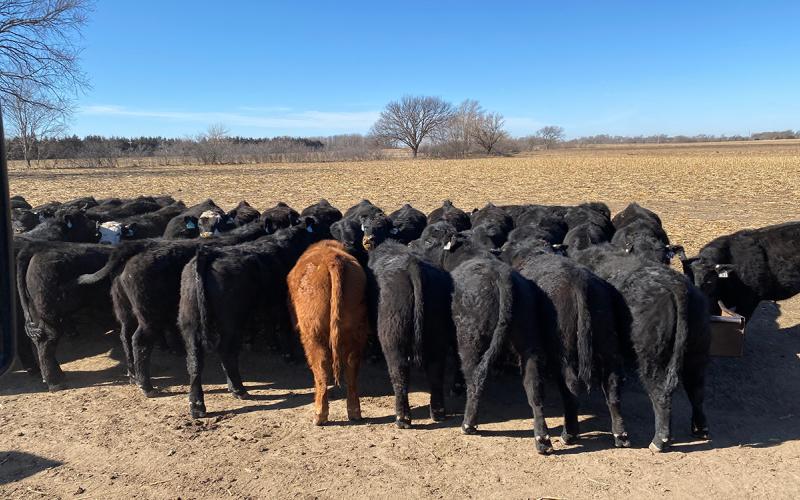
Backgrounding at Different Rates of Gain
The purpose of backgrounding is to increase calf body weight after weaning and before finishing. A recent study investigated the effects of different backgrounding systems on growing calf performance.
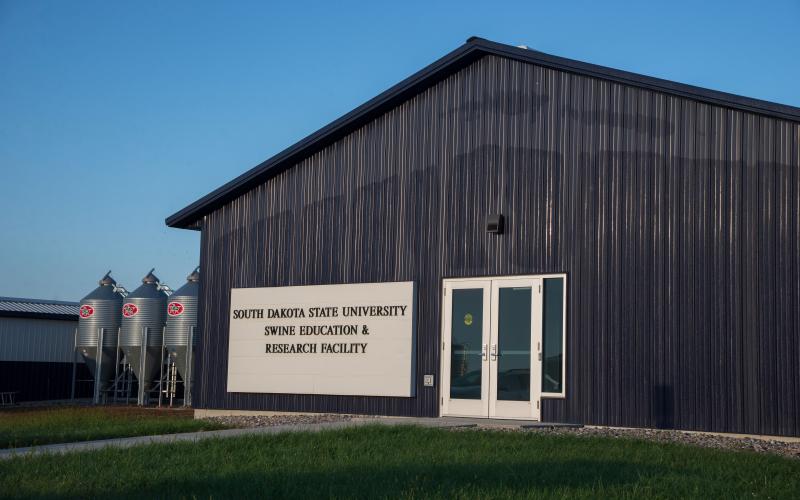
Trace Mineral Incorporation Level Did Not Impact Grow-Finish Pig Performance
Recent research at SDSU found that supplementing dietary trace minerals at levels closer to NRC requirements in typical corn-soybean meal diets for grow-finish pigs did not have an impact on overall pig performance and carcass characteristics.